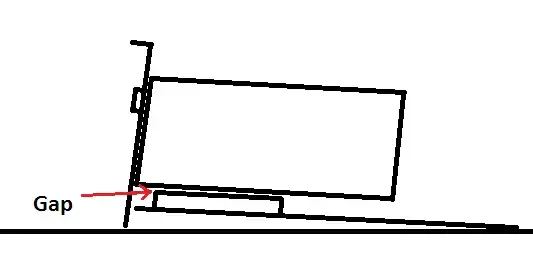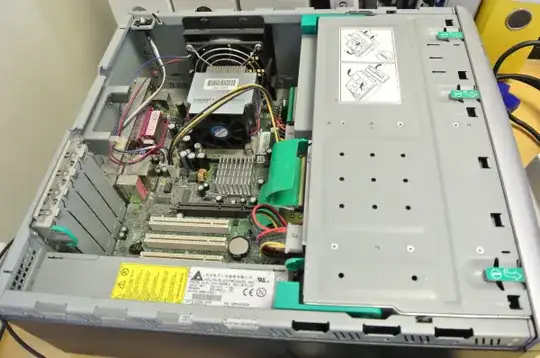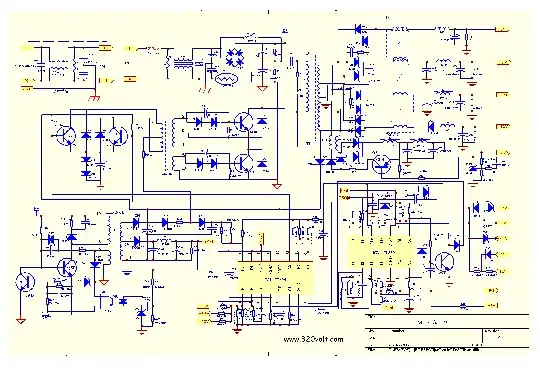Strictly no, in practice definitely yes: yes you can power up the motherboard outside of its case, or just forget the case altogether and harvest the power supply. You can happily run such a system with all of your components on the desk/shelf/whatever, great way to have an "extra" PC around in plain site that doesn't look like your typical PC.
But to explain the strictly no, having exposed components around makes it easier to short some circuits, or just get dirty faster, or collect spilled coffee etc... You probably don't want to drill some holes in metal over the motherboard, little metal filings going everywhere won't be good for that. Once you get used to having the mobo in the open, you tend to not notice these little mistakes until its too late.
The power supply connection(s) provide the ground to the mobo, not the case. The case just happens to physically touch the power supply's case, which is grounded, and thus the case gets ground as well.


